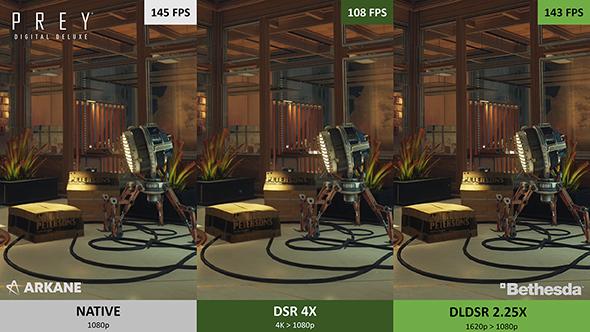NVIDIA Adds 12GB Memory to GeForce RTX 3080 New Driver to Improve Display Quality with AI Appears
"ROG Strix RTX 3080-O12G-GAMING" from ASUS JAPAN. Increased graphics memory to 12GB

On January 11 (local time), US NVIDIA released a new product with the graphics memory of the GPU "GeForce RTX 3080" for desktop PCs increased from 10GB to 12GB. In Japan, ASUS JAPAN plans to release the graphics card "ROG Strix RTX 3080-O12G-GAMING" equipped with this GPU on January 15th. [Photo] Display with DSR and DLDSR processingCompared with the existing GeForce RTX 3080, there are minor differences other than the increased graphics memory. The CUDA cores increased from 8704 to 8960, and the base clock dropped slightly. In addition, the memory bus width has expanded from 320bit to 384bit, which is the same as the upper product GeForce RTX 3080 Ti. Also, like the existing GeForce RTX 30 series, it has LTR (Lite Hash Rate) specifications that reduce the performance of virtual currency mining, making it a product that is strongly conscious of gamers. New driver that improves display quality with AI In addition, NVIDIA announced that it will add new functions to the "Game Ready" driver for the GeForce series. The driver will be available for distribution on the 14th. The GeForce series has a function called "NVIDIA DSR (Dynamic Super Resolution)" that creates drawing data with a resolution that exceeds the display resolution of the display and draws it down to the display resolution of the display, making the depiction of details more realistic. has the effect of being close to In this new driver, the "DLDSR (Deep Learning Dynamic Super Resolution)" function, which incorporates deep learning using Tensor Cores for DSR processing, has been added. Compared to DSR, high-quality images can be created from fewer pixels, and the processing speed is also faster. However, since it uses Tensor Core, this function can only be used with the GeForce RTX series. A new depth-focused filter has been added to GeForce Experience's Freestyle filter. "SSRTGI (Screen Space Ray Traced Global Illumination)" that emphasizes light and shadow to express depth, "SSAO (Screen Space Ambient Occlusion)" that emphasizes shadows where objects overlap, and focus There are three types of "Dynamic DOF (Depth of Field)", which clearly depicts what is present and blurs what is in front of and behind it.
ITmedia PC USER
Last update: ITmedia PC USER